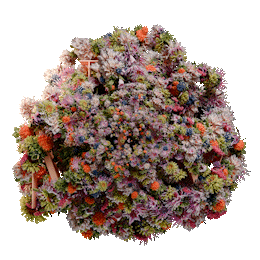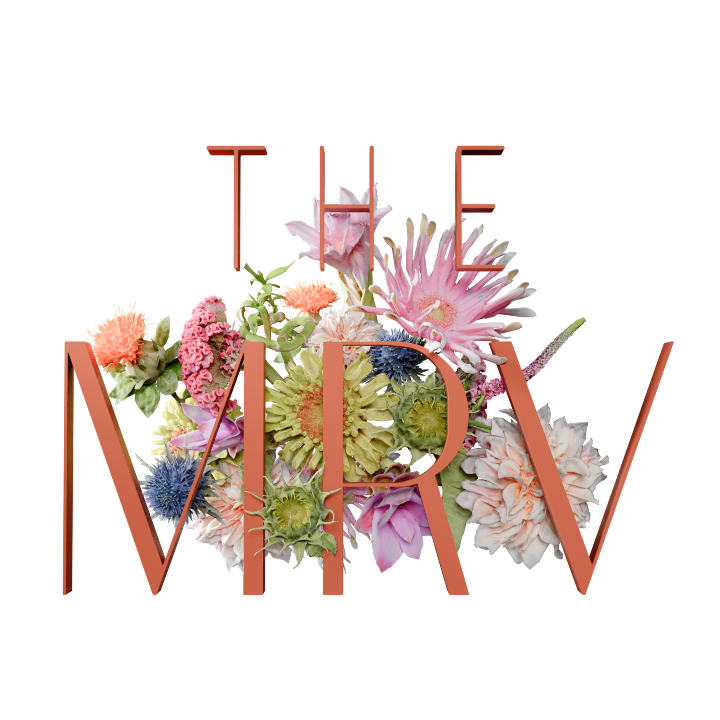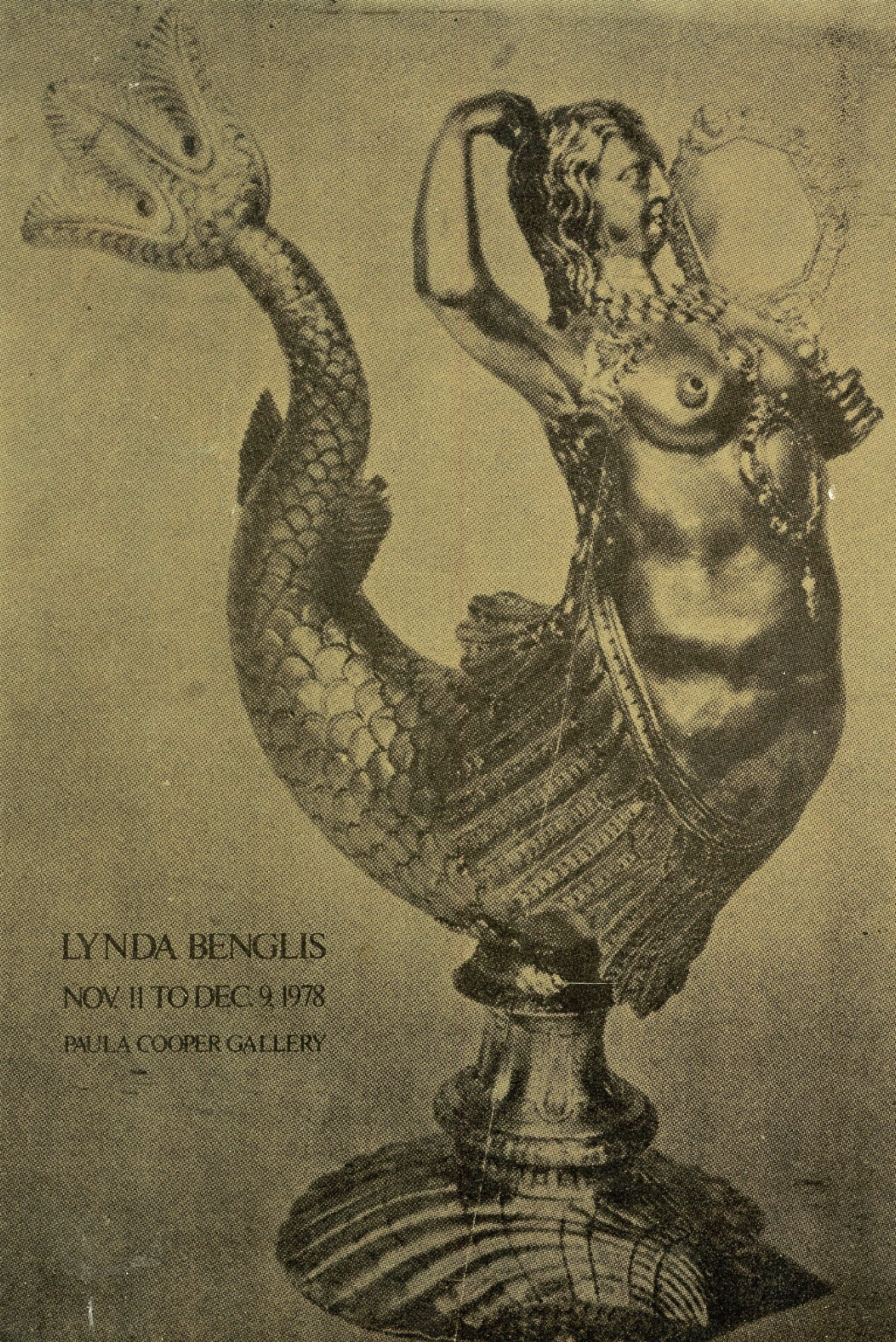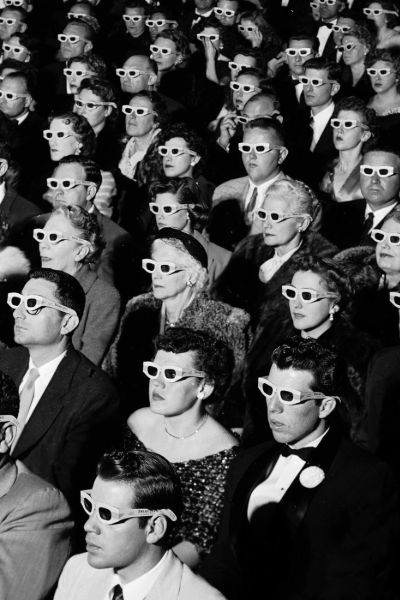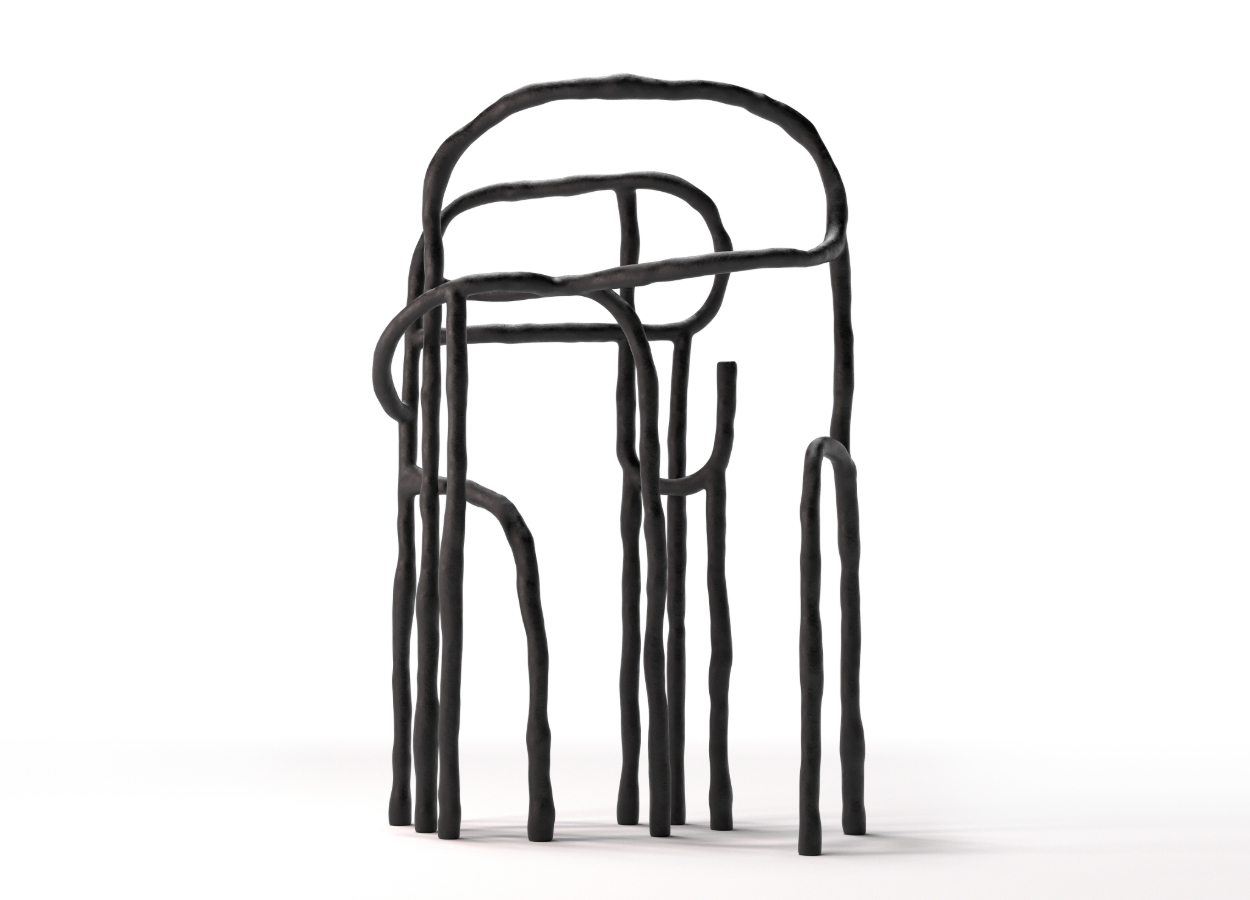
FUORISALONE, COLLECTIBLE PASSION
FUORISALONE,
COLLECTIBLE PASSION
At the 2024 edition of Milan Design Week, the great wave of the unique piece halfway between design and art arrives.
april 2024 - GAZE

"What we call collectible design is essentially a world made up of young designers who have found the opportunity to express themselves in a contemporary key, relaunching ancient artisan formulas: a world of 0 km production, therefore sustainable in its DNA and, by vocation, based on quality and trust, on the right time that a work requires to be made in a workmanlike manner”
Lionel Jadot
To each his own design. What – at Milan Design Week 2024 now just around the corner – announces itself with a rapidly growing hype, is undoubtedly collectible design. That is, the special world that combines, in an unprecedented formula, contemporary craftsmanship, ancient techniques and precious materials: a fusion of design, very high craftsmanship and prices of (at least) six zeros, ingredients at the base of unique and unrepeatable specimens, creations that push the typical functionality of chairs, tables and any other object designed for the home to the boundaries of art. And, in fact, one of the many labels used to define this ever-expanding universe is functional art.
It will be impossible, this year, to cross the various districts into which Milan is traditionally divided during Design Week, without coming across one of these challenging works that move design away from industrial seriality and bring it, rather, closer to the world of collectors and galleries, who every year participate in more and more numerous at the Fuorisalone. It is a phenomenon that began several years ago, when the last days of Miart, the most important Italian art fair, also staged in Milan, began to coincide with the previews of Design Week, and then accentuated on the push of a market in which, more than genres, it is the economic availability of great collectors and the intuitions of a series of curators and clients that are trendy.
“What we call collectible design is essentially a world made up of young designers who have found the opportunity to express themselves in a contemporary key, relaunching ancient artisan formulas: a world of 0 km production, therefore sustainable in its DNA and, by vocation, based on quality and trust, on the right time that a work requires to be made in a workmanlike manner.”
These are the words of Lionel Jadot, Belgian architect and founder, in his own country, of Zaventem Ateliers, a sort of collectible village consisting of thirty-two workshops housed in a disused paper mill. Jadot also came up with the idea of reviving the spirit of Zaventem in Milan during the Fuorisalone, bringing together in a post-industrial location in the suburbs not only the studios that have been part of it since 2019, but also similar realities from all over Europe, such as the Parisian gallery Thema, considered a beacon in the collectible circle. An opportunity on which Italian designers are also focusing. “We know the thoughts of the founder of Thema, Michaël Hadida,” explain Chiara Pellicano and Edoardo Giammarioli of Millim Studio, a solid international collectible company based in Rome, “we share his commitment to promoting design that redefines the codes of luxury and creativity in line with social and eco-sustainable ethics: these are the same value choices that we want to bring to our research and design. For this reason, the decision to collaborate with Thema was a natural one. We are interested in creating beauty, as long as it always carries value and content with it.”

Alessandra Pasqua, who in the name of her atelier Wanderart encompasses a multifaceted identity on the border between art and design, will also be in the Thema team, thus tripling her Milanese presence that sees her as the protagonist twice in the historic Palazzo Litta: in the entrance hall, with the sculpture Bride of Quietness with its protean exuberance, conceived as a tribute to the dialogue between the mortal and the divine, and, on the main floor, with the Lunar collection, a masterful example of what it means to make functional art in 2024: “Lunar is the story of the strength and vigor of a process that takes the form of collectible furniture,” explains the artist: “Metal is forged, modified, made liquid and finally formed leaving impurities, debris and slag, endemic and unexpected components of a living and unpredictable substance. The surfaces, the articulated epidermis of matter, are inspired by the morphogenetic processes that shape the natural elements and express the vitality of creation, of the formation of the earth, of telluric movements.”


And, speaking of matter and materials, it is a real alchemical research that Marta Abbott is facing, a Czech-American artist who brings the project Time, Framed to a 1950s garage in the Darsena area – designed by Marco Zanuso and now home to the Design Variations exhibition collector . Also in this case we are in a world that sees the boundaries between design and art blur, and in fact behind the calendar made of natural colors on translucent paper there is the creative consultancy of Naessi, the studio that has framed each sheet inside unfinished brass supports, helping to give this work a domestic functionality that resembles design. As long as it is so important to draw a line and distinguish what is design and what is art. At the end of the day, isn’t beauty (and that’s it) supposed to save the world?
BY Paolo Casicci
You may also read
FEMINIST SCULPTURE
FEMINIST SCULPTURE The creative flow of Lynda Benglis APRIL 2024 – GAZE “Lynda Benglis&#
UNTIL YOUR LAST BREATH
UNTIL YOUR LAST BREATH The charm of Parisian arthouse cinemas FEBRUARY 2024 – GAZE À bout de
SAYING, DOING, KISSING, CINEMA, TESTAMENT
SAYING, DOING, KISSING, CINEMA, TESTAMENT Travelling between independent and arthouse cinemas, renov

